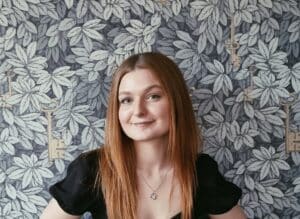Interior Meets Music: Symphonies in Design
Meet Elika Ostrov, an Interior Design student currently enrolled in our BA (Hons) Heritage Interior Design course. Elika has a deep passion for interior design, inspired by her background as a musician and her fascination with abandoned buildings. Her focus lies in exploring how room design can shape auditory experiences. Drawing inspiration from cinema set design, Elika aims to create designs that evoke emotions and capture the distinctive qualities of each space she works with.

What first sparked your passion for design?
My passion for design was ignited by a profound fascination with spaces that are neglected or abandoned and the unique, almost palpable energy they possess. The concept of “genius loci,” a Latin term that signifies the spirit or sense of a place, deeply resonates with me. This intrinsic quality of certain spaces captivated my imagination and inspired me to explore their potential and inherent character.
Who is your biggest design inspiration?
Rather than drawing inspiration from a specific architect or interior designer, I find my greatest inspiration in cinema. The art of set design in films, which portrays spaces as dynamic entities with their own personalities and narratives, has always captivated me. The ability to imbue a space with character and evoke powerful emotions through design is a principle I strive to embody in my own work.

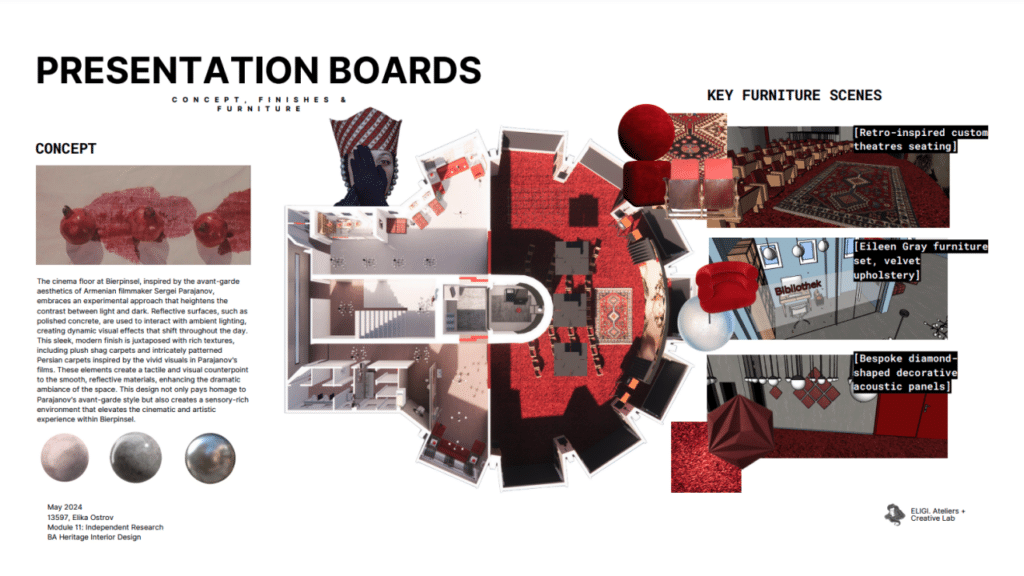
How would you describe your style in 3 words?
My design style can be encapsulated in three words: eccentric, maximalist, and experimental. I thrive on pushing boundaries, embracing bold and unconventional elements, and creating spaces that are both visually stimulating and richly layered with meaning and texture.
What made you apply to the National Design Academy?
I applied to the National Design Academy primarily because of their robust offering of remote courses, which was particularly advantageous during the pandemic. Additionally, I was driven by a desire to delve deeper into interior design, not just as a career, but to explore and rejuvenate neglected or abandoned spaces imbued with a unique energy and potential. The Academy’s flexible learning environment allowed me to pursue my passion without compromising on quality education.
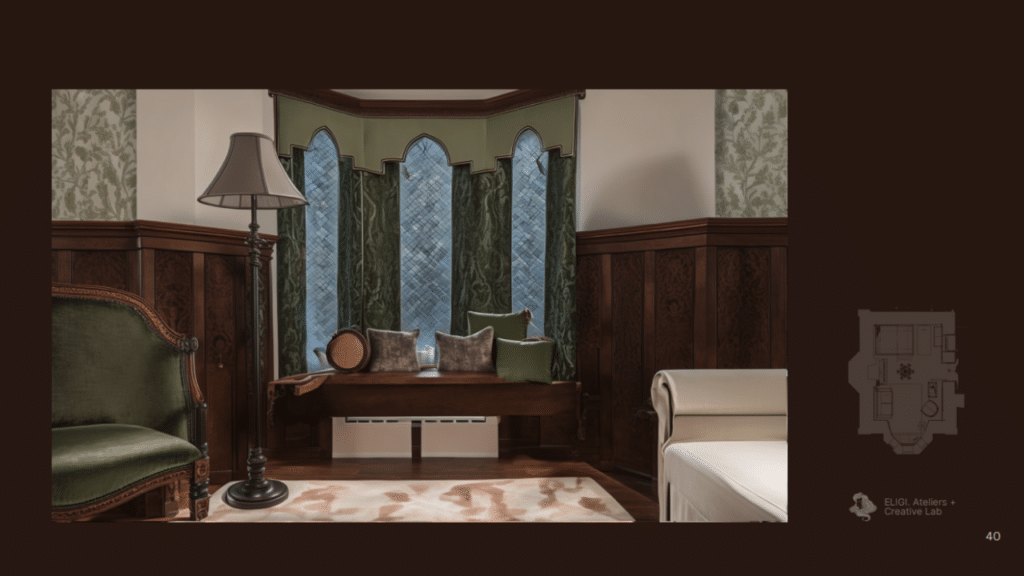
What is the most unexpected thing you have learned from the course?
One of the most unexpected lessons from the course was the sheer technical complexity and the extensive bureaucracy involved in making changes to spaces, especially those of cultural significance. Navigating the intricate process of obtaining authorisation for renovations and understanding the regulatory frameworks was both a surprising and enlightening aspect of my education.
What has been your favourite course module and why?
My favourite course module involved the hands-on process of site research and exploration. Engaging with these spaces, meeting the individuals connected to them, and uncovering their stories was profoundly enriching. This module highlighted the shared, often unspoken emotional resonance that certain buildings hold, transforming subjective impressions into a collective experience.
What's your favourite project that you have worked on?
The most memorable project I worked on was the restoration of a museum of handmade dolls in the city centre of Tallinn, Estonia. This UNESCO-protected building has always intrigued me with its blend of seemingly modern and medieval details. Each floor of the museum showcases different kinds of dolls, and they offer classes to both children and adults on how to create their own handmade dolls. The opportunity to explore its unique architectural features and meet the owner and the artists behind the museum was incredibly rewarding. The project allowed me to deeply engage with a space that has both historical significance and a compelling, enigmatic presence.
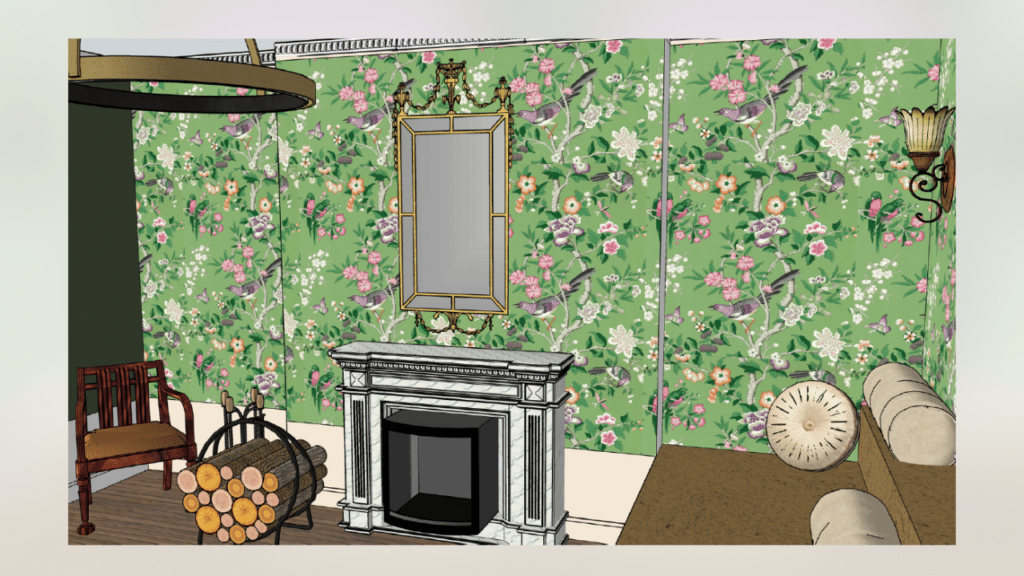
What advice would you give to potential National Design Academy students?
To potential National Design Academy students, I highly recommend taking full advantage of the formative feedback feature and actively engaging with your tutors. Additionally, pay meticulous attention to the technical aspects of your coursework. Ensure that your design proposals are thoroughly documented and annotated, clearly justifying your choices. This attention to detail not only improves your grades but also enhances your professional credibility.
When you finish your course, what are you doing next?
As a musician with a passion for an experimental approach, this degree has significantly heightened my awareness of how space can influence the experience of music-making and sound. This realisation has led me to explore the niche field of acoustic archaeology, which studies how sound travels within historical and archaeological sites. I am particularly interested in investigating how the unique acoustics of neglected or abandoned buildings with a distinctive genius loci can shape and enhance musical and auditory experiences. This interdisciplinary approach, blending design with sound exploration, is something I am deeply passionate about and eager to pursue in the future.
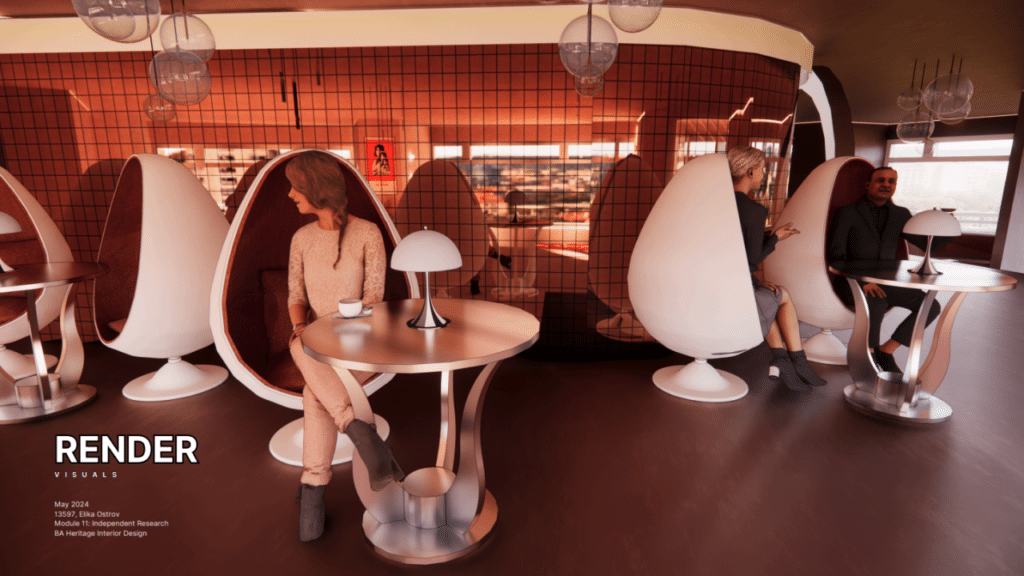
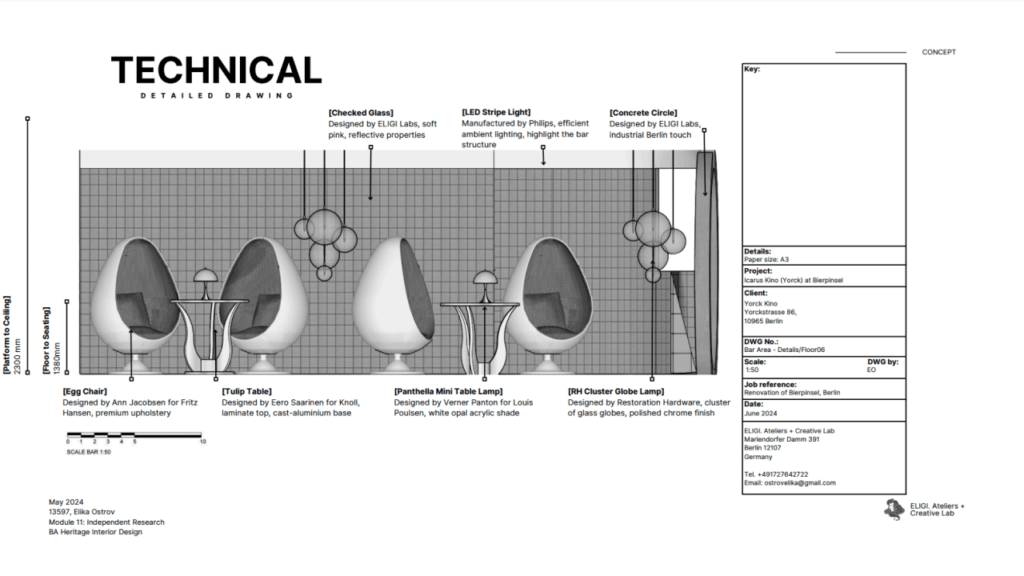
Study Our BA (Hons) Heritage Interior Design Degree Online.
Elika decided to pursue her passion with a Bachelor’s degree in Heritage Interior Design. We offer flexible study options to suit everyone’s needs!
